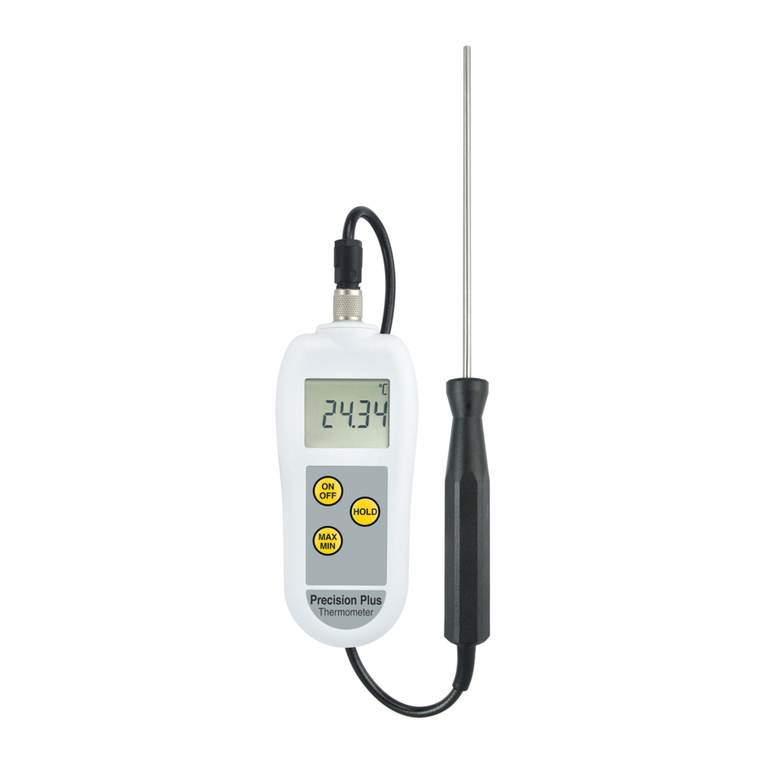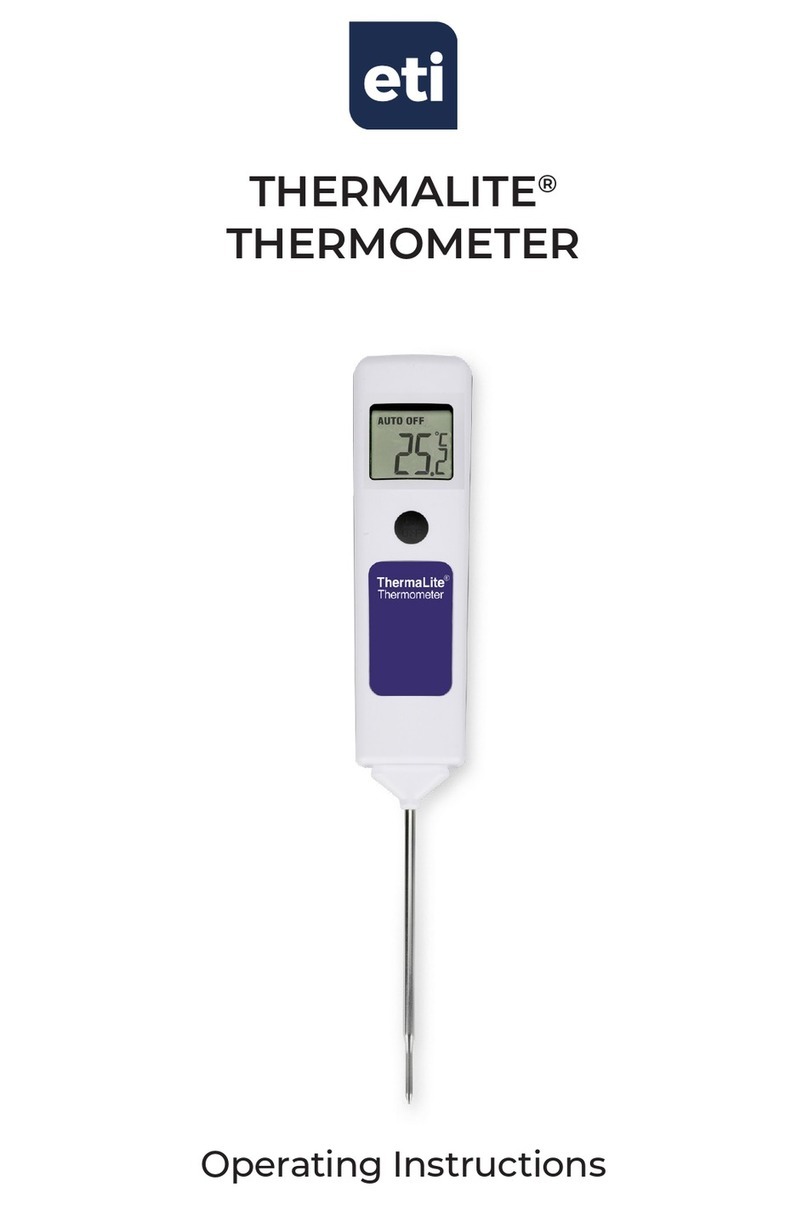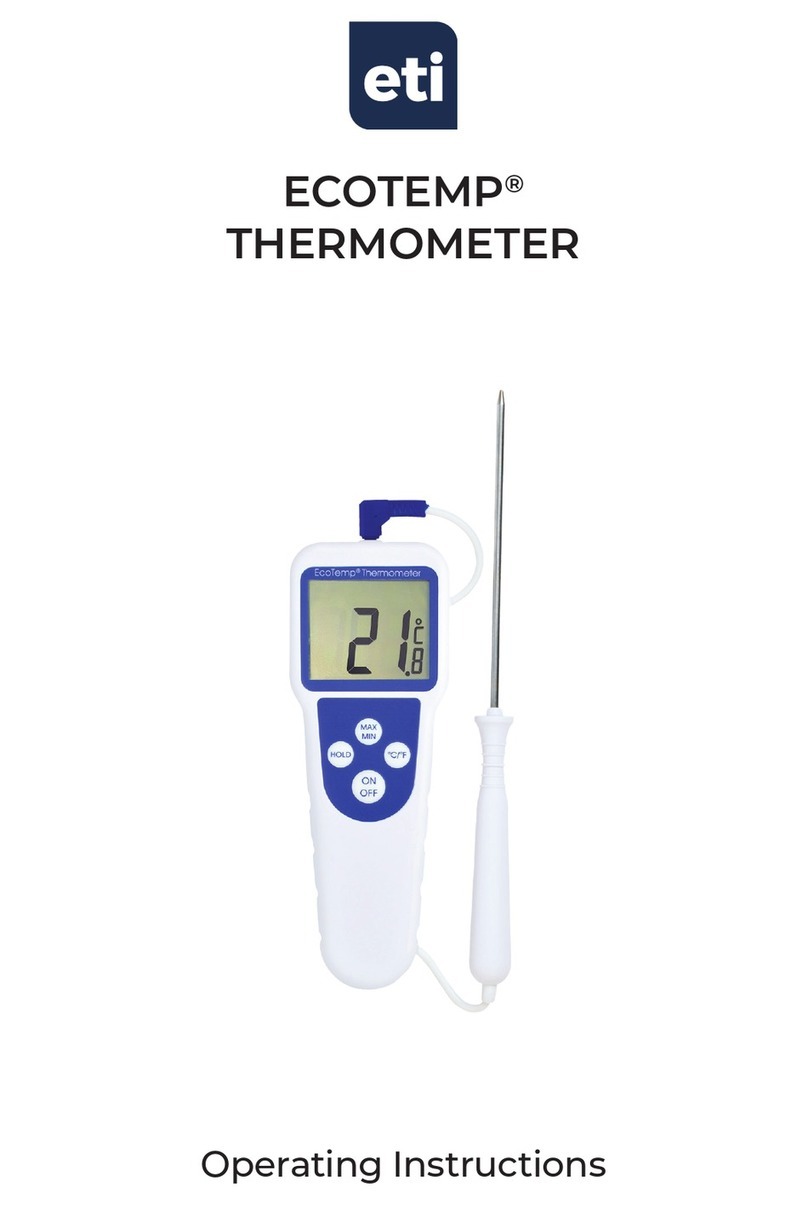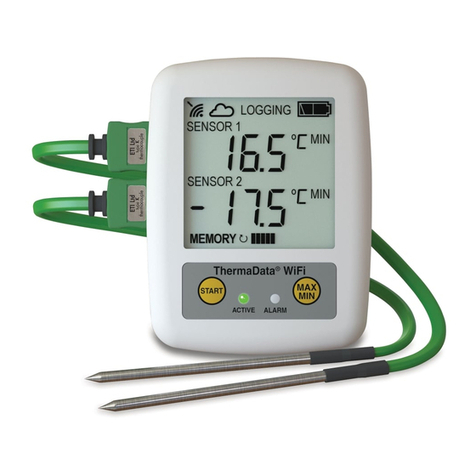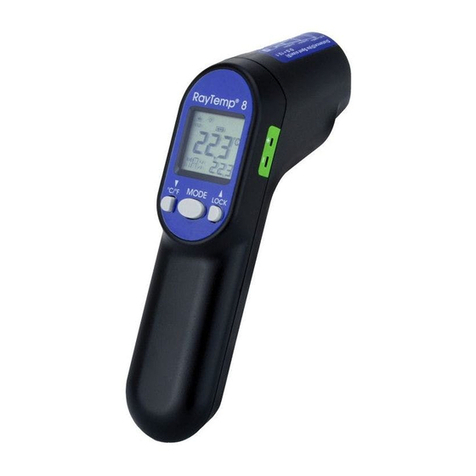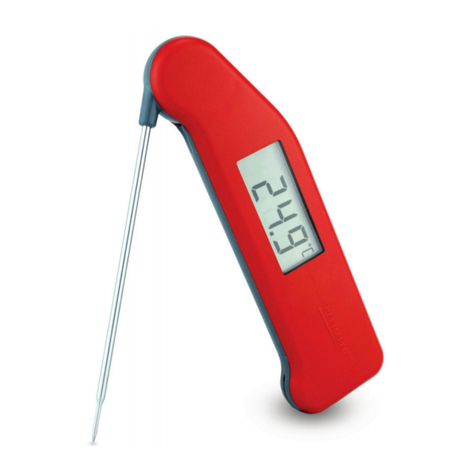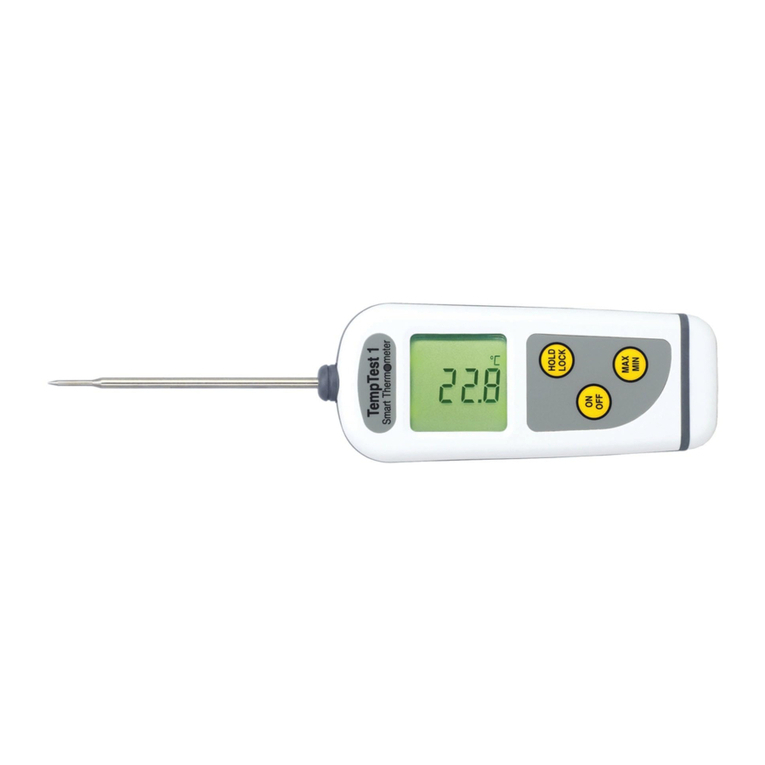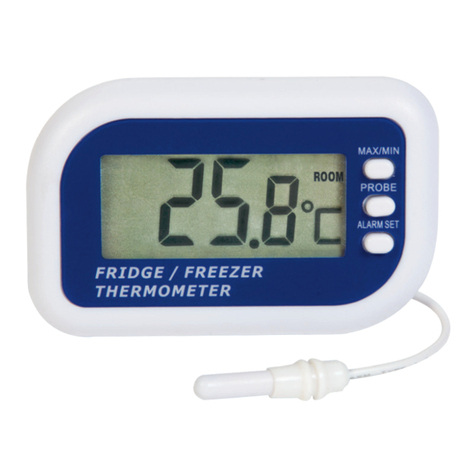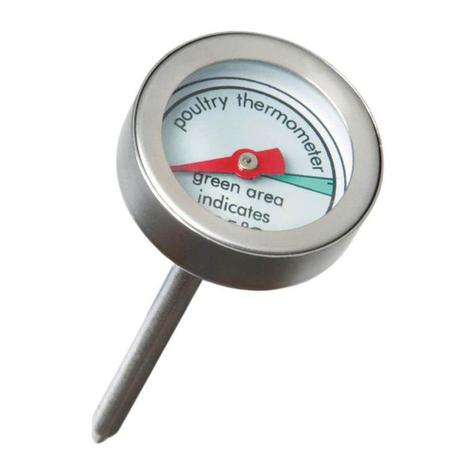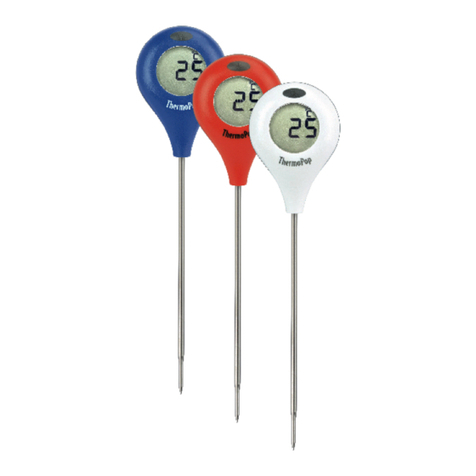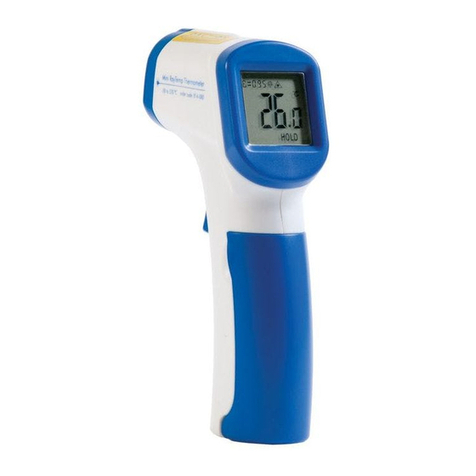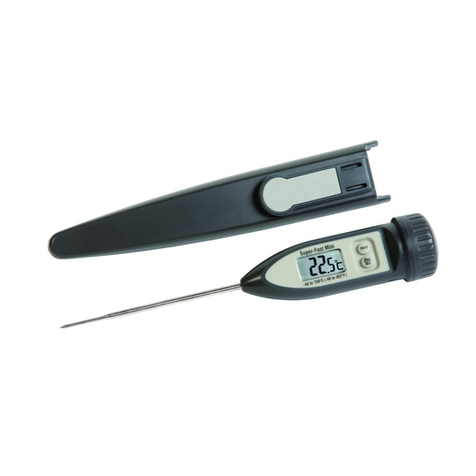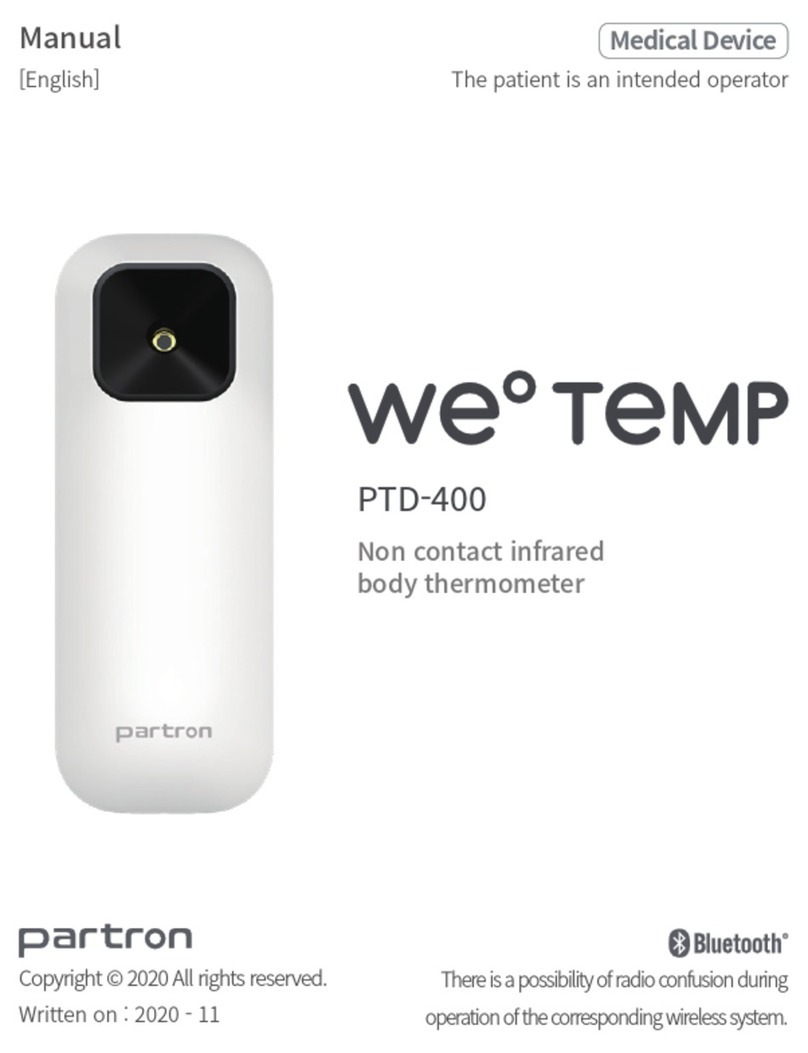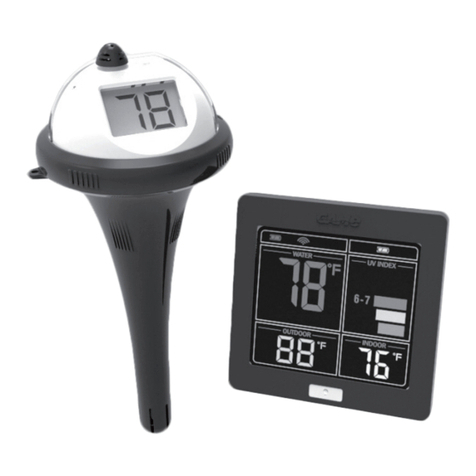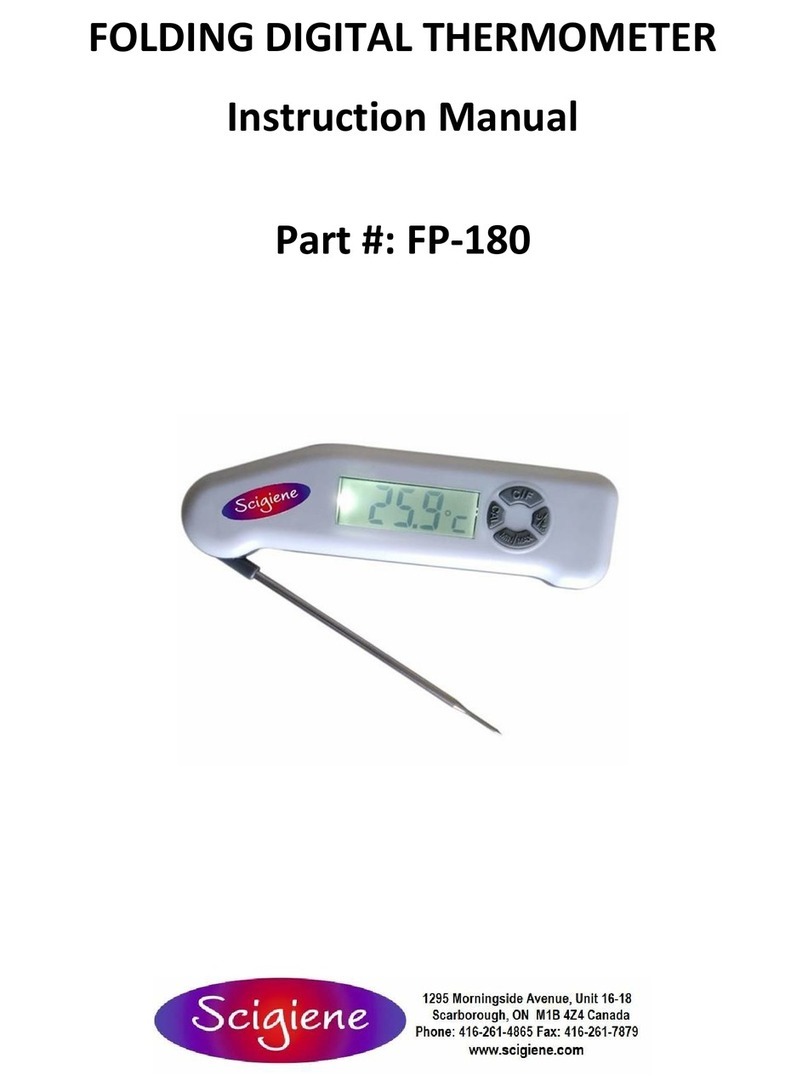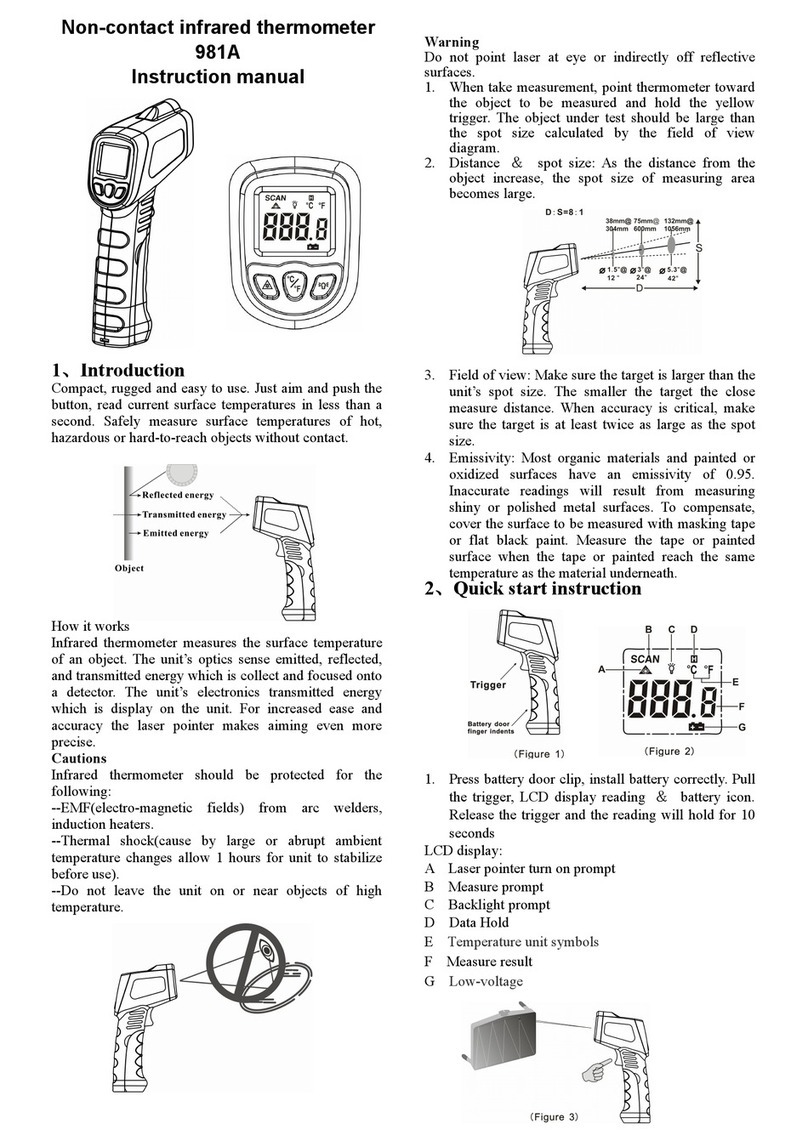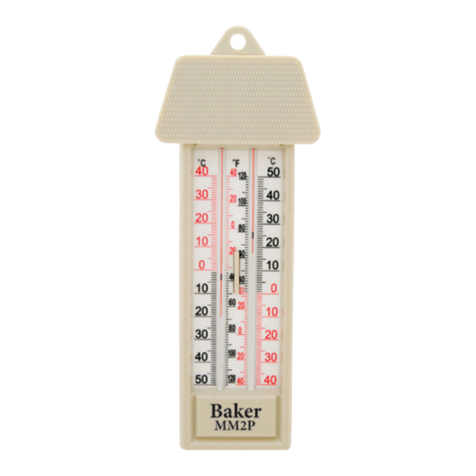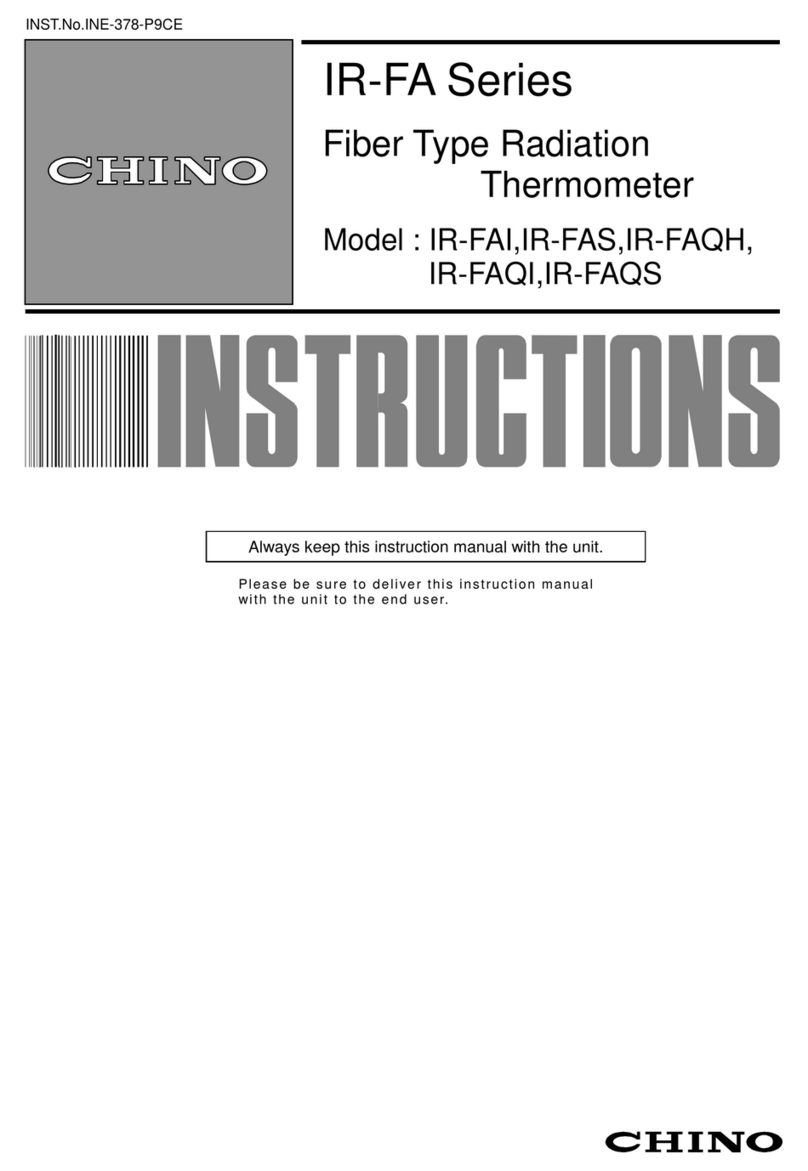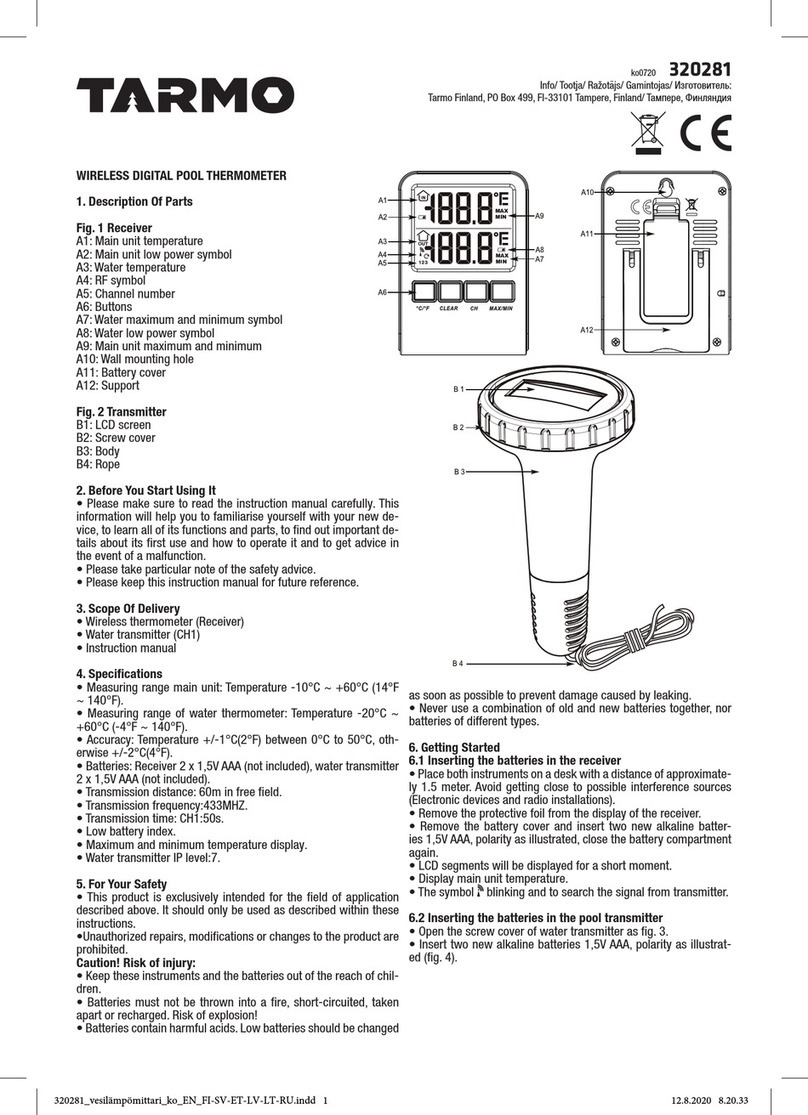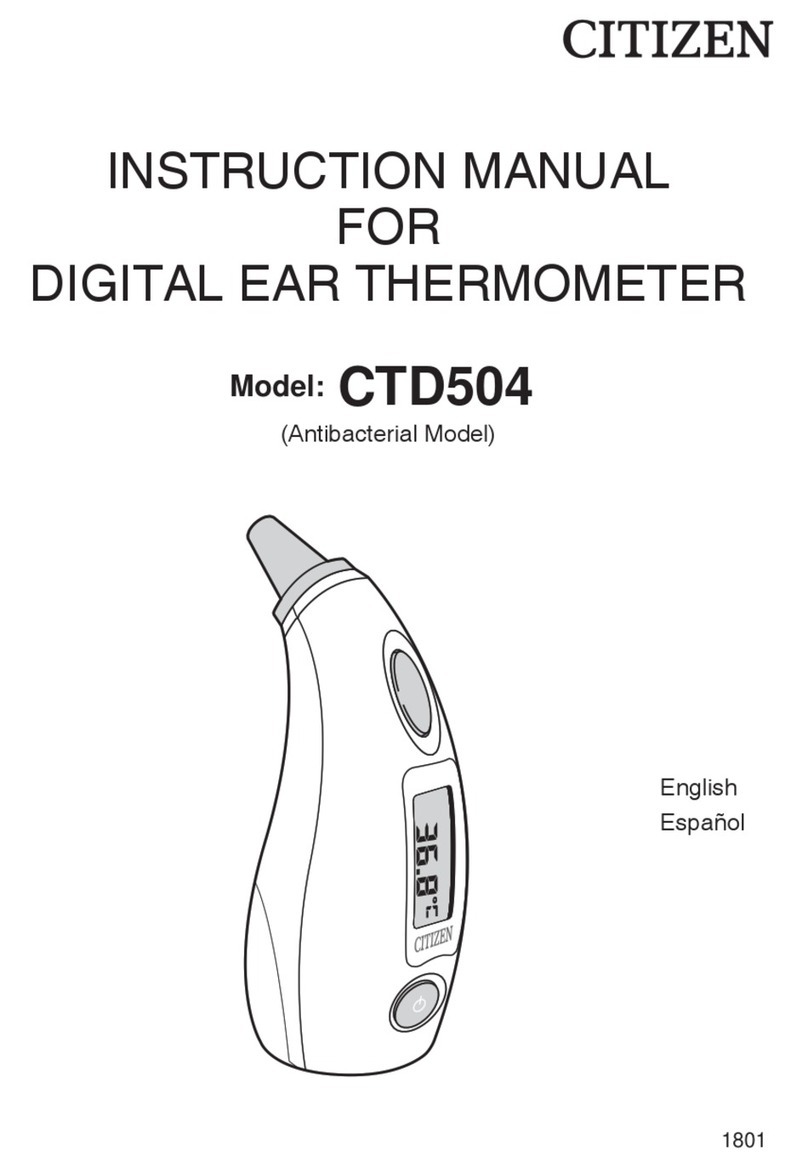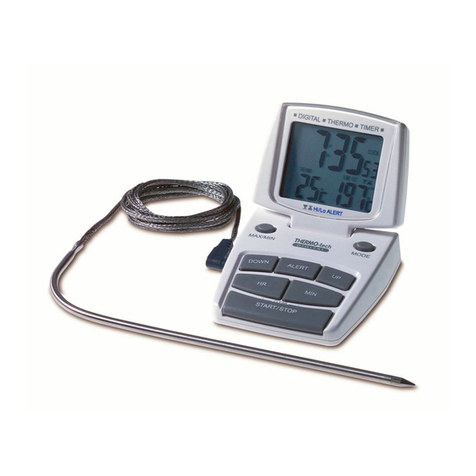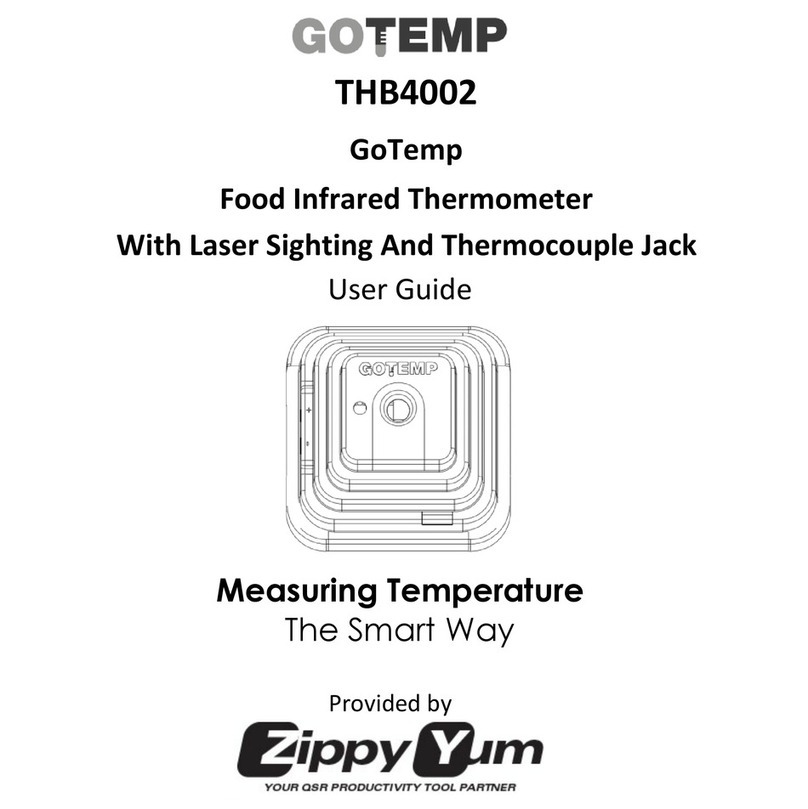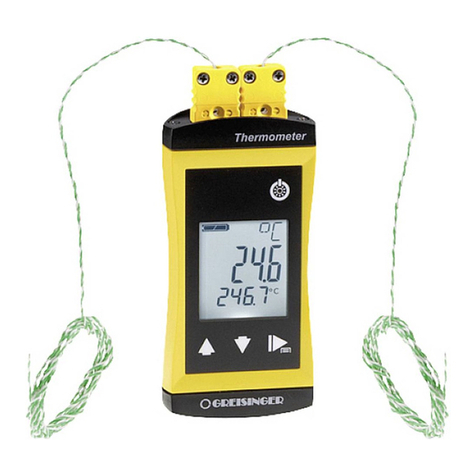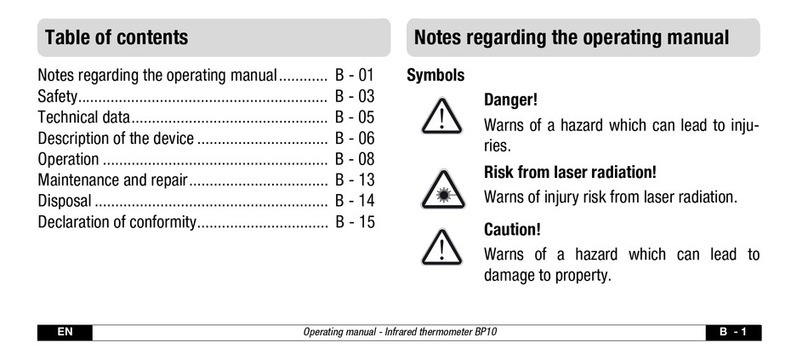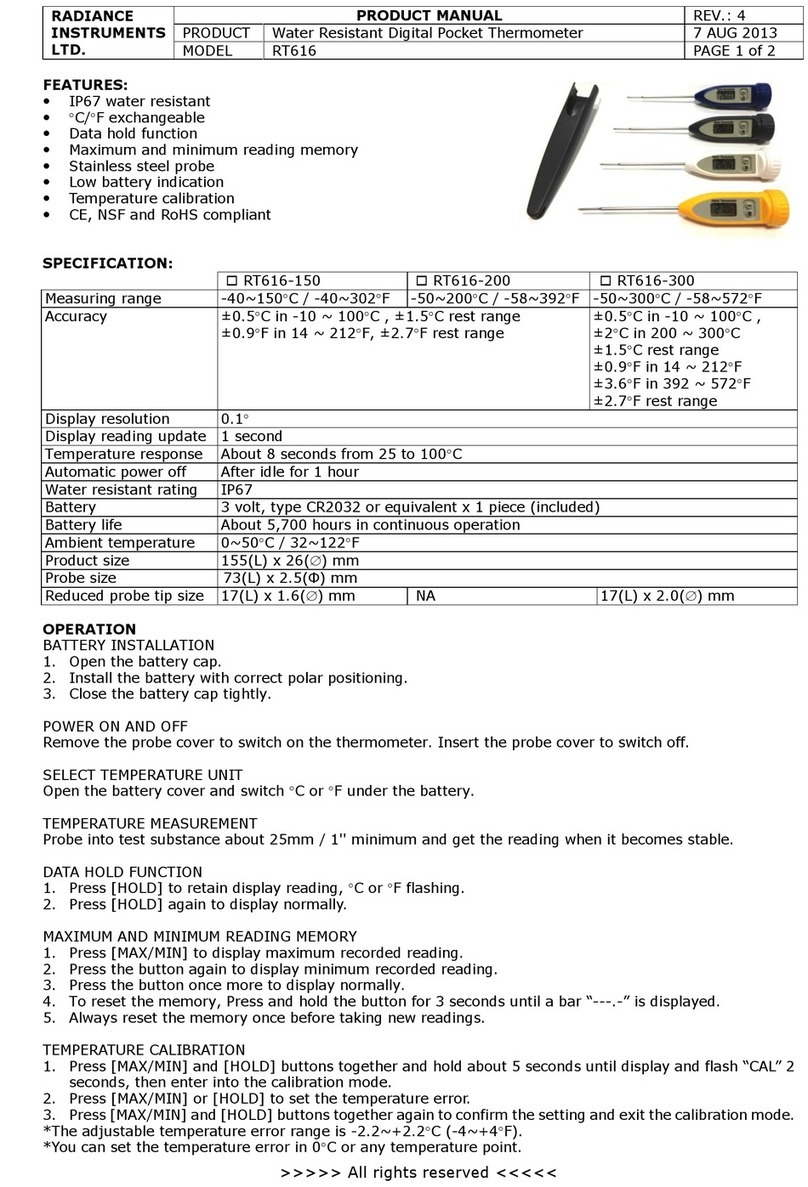
SYMBOL DESCRIPTIONS
this equipment is allowed
Please read the
instructions for use
Paper recycling Battery recycling
ingress and particulate matter
to the Waste Electrical and
collection sites according to
national or local regulations.
Manufacturer’s declaration electromagnetic emissions
Manufacturer’s declaration-electromagnetic emissions
WAND is intended for use in the electromagnetic environment (
Emissions testCompliance Electromagnetic environment – guidance (for home healthcare environment)
RF emissions Group 1 WAND uses RF energy only for its internal function. Therefore, its RF emissions are very low and are
RF emissions Class B WAND is suitable for use in all establishments, including domestic establishments and those directly
Manufacturer’s declaration – electromagnetic immunity
WAND is intended for use in the electromagnetic environment (for home healthcare) specified below. The customer or the user of WAND
Immunity test IEC 60601 test levelCompliance level Electromagnetic environment – guidance
Electrostatic
IEC 61000-4-2
Contact: ±8 kV Contact: ±8 kV Floors should be wood, concrete or ceramic tile. If floors are
Power frequency
(50, 60 Hz)
61000-4-8 50 Hz or 60 Hz 50 Hz and 60 Hz
WAND power frequency magnetic fields should be at levels
Home healthcare
Manufacturer’s declaration – electromagnetic immunity
WAND is intended for use in the electromagnetic environment (for home healthcare) specified below. The customer or the user of WAND
Immunity testIEC 60601 Compliance
Electromagnetic environment – guidance (for home healthcare environment)
Radiated RF
IEC 61000-4-3
80 MHz – 2,7
GHz
80 % AM at
80 MHz – 2,7
GHz
80 % AM at 1
Recommended separation distance:
WhereP
Field strengths from fixed RF transmitters, as determined by an electromagnetic site
Interference may occur in the vicinity of equipment marked with
NOTE 1 - At 80 MHz and 800 MHz, the higher frequency range applies.
NOTE 2 - These guidelines may not apply in all situations. Electromagnetic propagation is affected by absorption and reflection
Emissions test Compliance
Electromagnetic environment – guidance
(for home healthcare environment)
RF emissions
CISPR 11 Group 1
RF emissions
CISPR 11 Class B
Manufacturer’s declaration – electromagnetic immunity
Immunity test IEC 60601 test levelCompliance levelElectromagnetic environment – guidance
(for home healthcare environment)
Electrostatic discharge (ESD)
IEC 61000-4-2
Contact: ±8 kV
Air±2 kV,±4 kV,±8
Contact: ±8 kV
Air±2 kV,±4 kV,±8
Power frequency (50, 60 Hz)
magnetic field IEC 61000-4-8
30 A/m
50 Hz or 60 Hz
30 A/m
50 Hz and 60 Hz
Manufacturer’s declaration – electromagnetic immunity
Immunity test IEC 60601 test levelCompliance
level
Electromagnetic environment –
guidance
(for home healthcare environment)
Radiated RF
IEC 61000 -4-3
10 V/m
80 MHz –
2,7 GHz
80 % AM at 1 kHz
10 V/m
80 MHz – 2,7
GHz
80 % AM at 1
kHz
Recommended separation distance:
d = 1,2
d = 1,2 80MHz to 800 MHz
d = 2,3 800MHz to 2,7 GHz
NOTE 1At 80 MHz and 800 MHz, the higher frequency range applies.
NOTE 2
The non-contact forehead thermometer is intended for use in the electromagnetic environment (for home healthcare) specified below. The
customer or the user of the non-contact forehead thermometer should assure that it is used in such an environment.
The unit uses RF energy only for its internal function. Therefore, its RF emissions are very
low and are not likely to cause any interference in nearby electronic equipment.
The non-contact forehead thermometer is suitable for use in all establishments, including
domestic establishments and those directly connected to the public low-voltage power
supply network that supplies buildings used for domestic purposes.
–
The non-contact forehead thermometer is intended for use in the electromagnetic environment (for home healthcare) specified below. The
customer or the user of the non-contact forehead thermometer should assure that it is used in such an environment.
The non-contact forehead thermometer is intended for use in the electromagnetic environment (for home healthcare) specified below. The
customer or the user of the non-contact forehead thermometer should assure that it is used in such an environment.
Where Pis the maximum output power rating of the transmitter in watts (W)
according to the transmitter manufacturer and dis the recommended
separation distance in metres (m).
Field strengths from fixed RF transmitters, as determined by an electromagnetic
site survey, ashould be less than the compliance level in each frequency
range. b
Interference may occur in the vicinity of equipment marked with
the following symbol:
These guidelines may not apply in all situations. Electromagnetic propagation is affected by absorption and reflection
from structures, objects and people.
Field strengths from fixed transmitters, such as base stations for radio (cellular/cordless) telephones and land mobile radios, amateur radio, AM
and FM radio broadcast and TV broadcast cannot be predicted theoretically with accuracy. To assess the electromagnetic environment due to
fixed RF transmitters, an electromagnetic site survey should be considered. If the measured field strength in the location in which the
non-contact forehead thermometer is used exceeds the applicable RF compliance level above, the non-contact forehead thermometer should
be observed to verify normal operation. If abnormal performance is observed, additional measures may be necessary, such as re-orienting or
relocating the non-contact forehead thermometer.
Floors should be wood, concrete or ceramic tile. If floors are
covered with synthetic material, the relative humidity
should be at least 30%
The non-contact forehead thermometer power frequency
magnetic fields should be at levels characteristic of a typical
location in a typical home healthcare environment.






